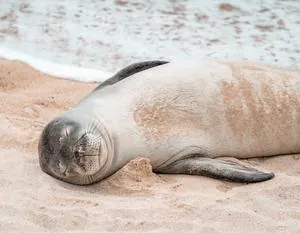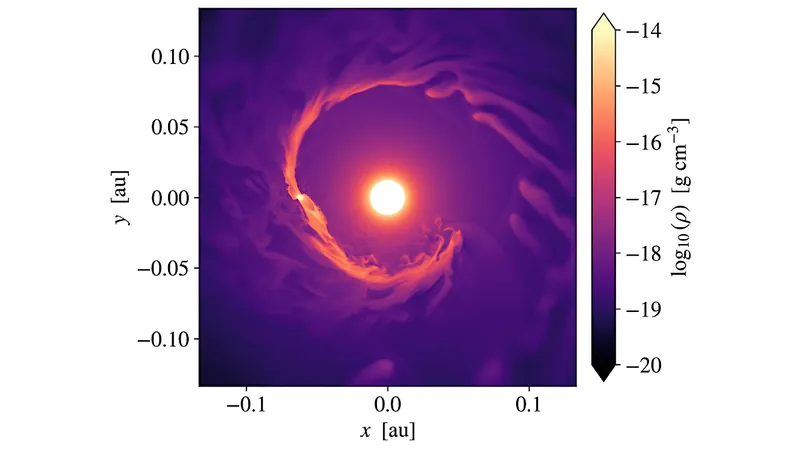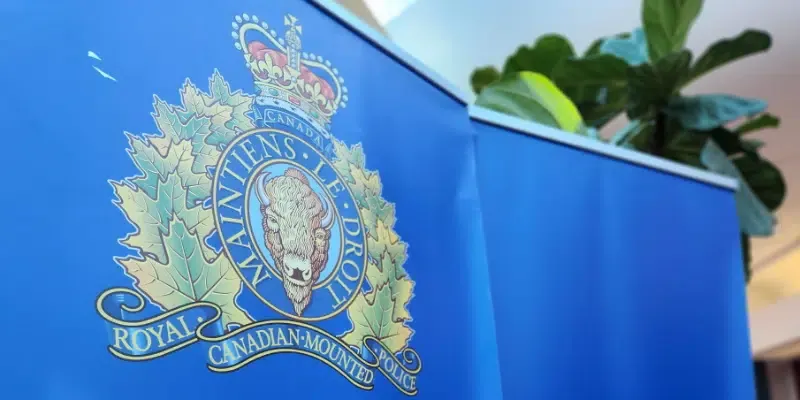
When Tourists Left, Hanauma Bay Thrived: A Stunning Marine Comeback!
2025-09-02
Author: Emily
The Hidden Transformation of Hanauma Bay
Hanauma Bay, a beloved snorkeling paradise in Hawaii, found itself rejuvenated when the global pandemic brought tourism to a halt. This unique period of human absence sparked a remarkable revival of the marine ecosystem, as revealed by a groundbreaking study from the Hawaii Institute of Marine Biology (HIMB). Published in the journal 'npj Ocean Sustainability,' the research documents how clear waters, flourishing fish populations, and increased sightings of the endangered Hawaiian monk seal emerged during the tourist drought.
A Natural Experiment Unfolds
Aviv Suan, Project Manager at HIMB, referred to this phenomenon as a 'natural experiment' born out of the challenges posed by COVID-19. With Hanauma Bay closed to visitors for seven straight months, researchers seized the opportunity to examine the effects of human absence on the reef's health. They meticulously monitored water quality, marine life visibility, and fish behavior before, during, and after this unprecedented closure.
A Vibrant Reef Reclaims Its Space
The findings were nothing short of astonishing. The bay's ecosystem swiftly returned to more natural conditions, showcasing increased fish densities and the revitalization of essential herbivores like parrotfish, which played a crucial role in controlling algae growth. Dr. Elizabeth Main, the study's lead author, emphasized how the ecosystem's responsiveness highlighted its fragility under human influence. 'The changes happened quickly, affirming how sensitive coral reefs are to our activities,' she stated.
A Blueprint for Sustainable Tourism
The research unleashed a powerful message: coral reefs are highly resilient and are capable of rapid recovery when human pressures are eased. Suan remarked on Hanauma Bay’s iconic status in Hawaii, indicating that the immediate benefits observed during the visitor absence could guide future conservation efforts. This study serves as an essential reference not just for Hawaii but for marine managers globally, offering a scientific framework for sustainable tourism and conservation strategies that balance economic needs with environmental integrity.
Future Directions: Balancing Conservation and Economy
The study suggests implementing visitor caps for unregulated reefs could significantly restore ecological balance while still granting public access. Dr. Madin noted that preserving these ecosystems wouldn’t undermine the economy, as many tourists are willing to invest more in vibrant coral experiences. This opens the door to an exciting new era of responsible tourism, allowing for both flourishing reefs and a thriving tourism industry—if managed wisely.









 Brasil (PT)
Brasil (PT)
 Canada (EN)
Canada (EN)
 Chile (ES)
Chile (ES)
 Česko (CS)
Česko (CS)
 대한민국 (KO)
대한민국 (KO)
 España (ES)
España (ES)
 France (FR)
France (FR)
 Hong Kong (EN)
Hong Kong (EN)
 Italia (IT)
Italia (IT)
 日本 (JA)
日本 (JA)
 Magyarország (HU)
Magyarország (HU)
 Norge (NO)
Norge (NO)
 Polska (PL)
Polska (PL)
 Schweiz (DE)
Schweiz (DE)
 Singapore (EN)
Singapore (EN)
 Sverige (SV)
Sverige (SV)
 Suomi (FI)
Suomi (FI)
 Türkiye (TR)
Türkiye (TR)
 الإمارات العربية المتحدة (AR)
الإمارات العربية المتحدة (AR)